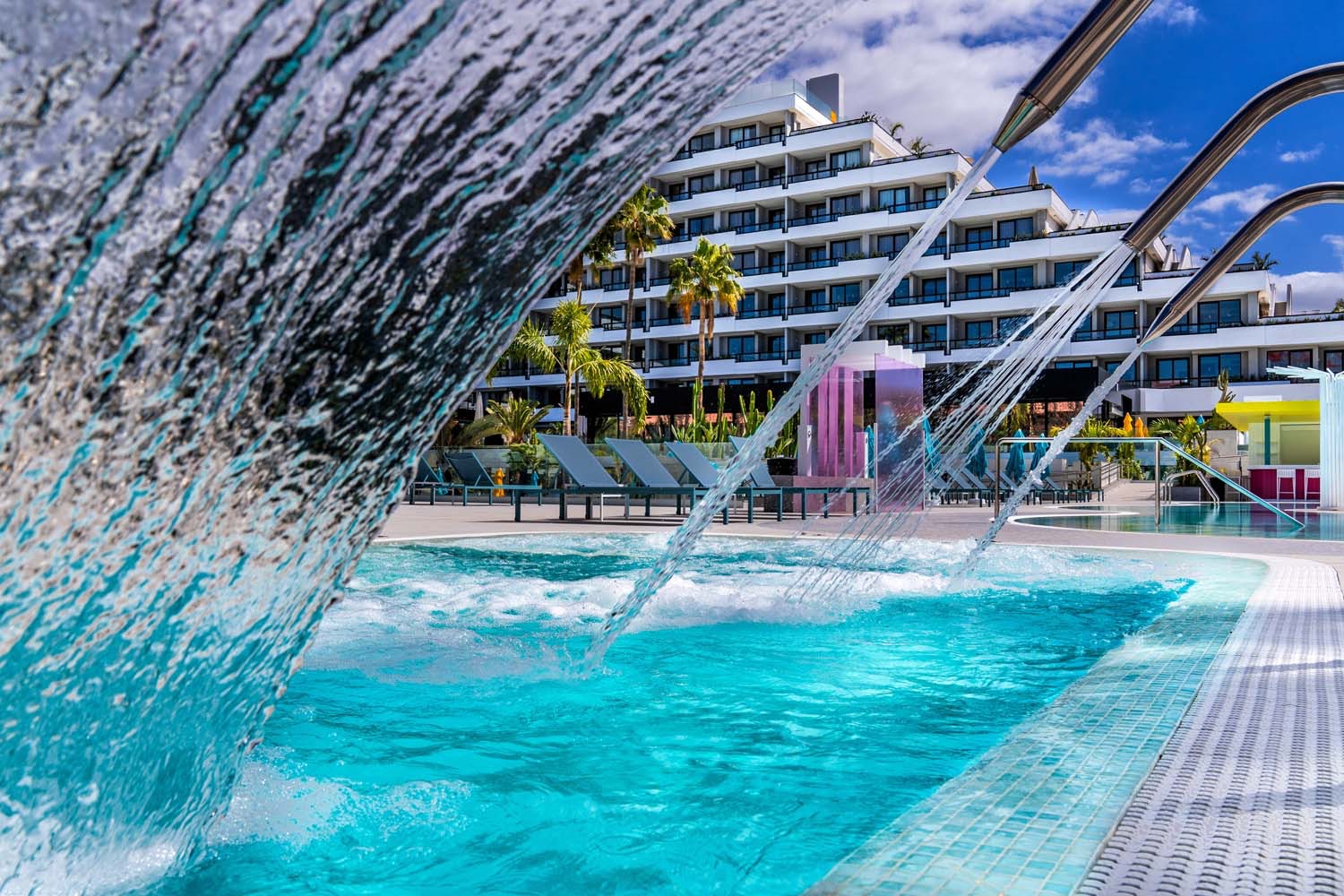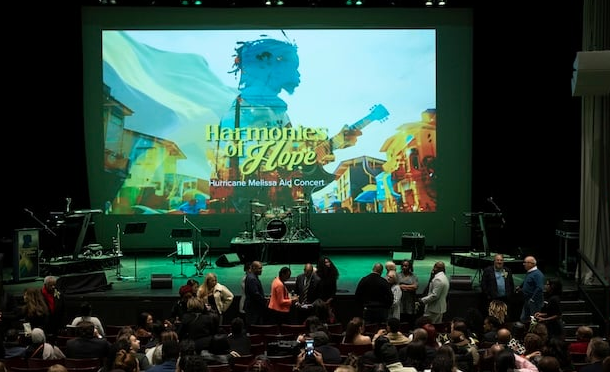Opening of Malaga's first grand dame hotel heralds the Spanish city's €100M cultural revival. An ancient Andalucían city that gave birth to Pablo Picasso, but is often overlooked as the gateway to the Costa del Sol, Malaga is transforming itself into a flourishing cultural hub. The recent reopening of the Gran Hotel Miramar following a €65 million renovation is the latest chapter in the city's renaissance as a hotspot of cultural excellence, cementing its place on the wishlists of art lovers and the cognoscenti from across the world.
Once a place to see and be seen for Spanish royalty, European high society and Hollywood stars alike, the iconic five-star Gran Hotel Miramar reopened earlier this year following a painstaking two-year overhaul, putting Malaga firmly back on the global luxury travel map. The assiduous renovation has returned this majestic edifice to its former glory, preserving or revitalising many of its original features, including intricate Moorish carved wood arches, a beautiful first floor gallery, Andalusian tiling, hand-painted frescoes and ornate stucco ceilings.
With a central beachfront location in the cultural hub of La Caleta, the hotel is within easy reach of the many cultural institutions that are popping up around the city including an outpost of France's famous Centre Pompidou and a Malaga branch of the St Petersburg State Russian Museum.
While its magnificent Moorish fortress walls and Roman theatre have long been symbols of the ancient city's place in cultural history, Malaga has in recent years welcomed the opening of prominent museums showcasing the works of world-class painters and sculptors, backed by an ambitious EUR100 million plan by the city council to reinvigorate the city's cultural heritage. Museums such as the famous Picasso Museum, the Carmen Thyssen Museum and the Centre for Contemporary Art are amongst those not to be missed.
Outside the galleries and museums, another traditional expression of art is represented in the city's religious buildings. Through the centuries the churches and cathedrals have been richly endowed with paintings, icons, statues and religious objects that are fine examples of Spain's cultural soul, and incorporate some of the greatest treasures of centuries gone by. Highlights include works by Baroque Spanish painter Francisco Zurbaran, best known for his still life and paintings of clergy members such as nuns and monks to religious carvings by Pedro de Mena who is considered to be the most famous representative of the Granada strand of the Baroque school of sculpture in Spain.
















